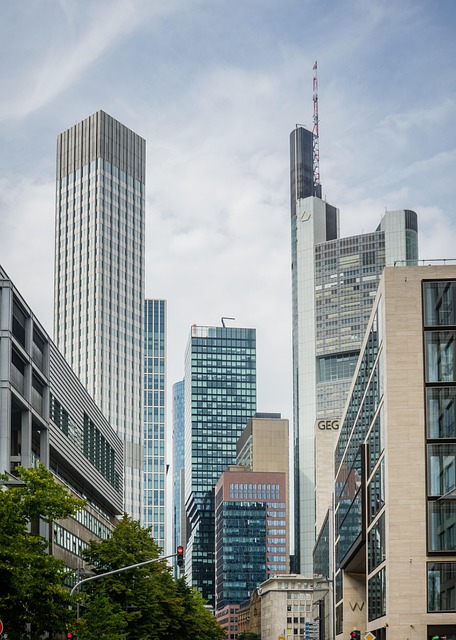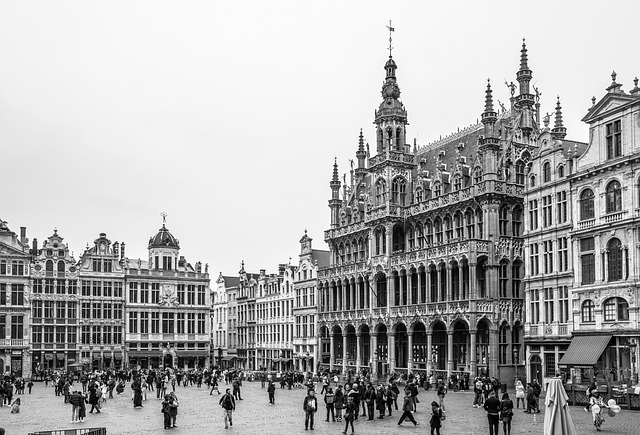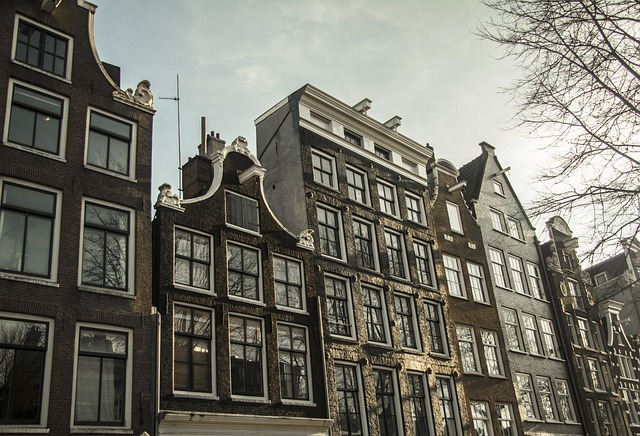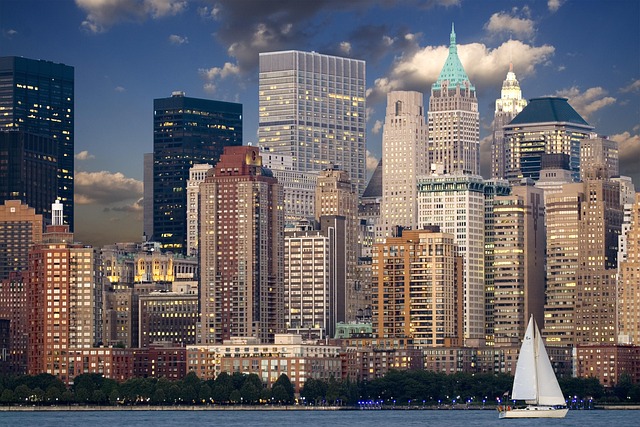Karachi's economic vibrancy hinges on its efficient transportation network, with the Northern Bypass playing a pivotal role in reducing traffic congestion and enhancing connectivity. This strategic route not only cuts travel time but also facilitates trade, including critical fuel logistics for businesses. Access to gas is essential for both local residents and industries, impacting operational efficiency and quality of life. Challenges such as uneven distribution and price volatility require attention to optimize Karachi's fuel supply ecosystem. The future holds opportunities for expanded natural gas infrastructure to reduce environmental impact, but strategic planning is crucial to address rapid urbanization, increasing demand, and logistical complexities.
In Karachi, the Northern Bypass serves as a vital transport artery, facilitating seamless movement across the bustling metropolis. However, a critical aspect often overlooked is gas availability along this key route. This article delves into the significance of gas stations for local businesses and residents, mapping their current distribution and exploring future prospects for enhancement. By examining these factors, we aim to shed light on the essential role of gas infrastructure in supporting Karachi’s ever-evolving urban landscape.
- Understanding Karachi's Northern Bypass: A Key Transport Artery
- The Significance of Gas Availability for Local Businesses and Residents
- Current State: Mapping Gas Stations Along the Northern Bypass
- Future Prospects: Potential Enhancements and Challenges Ahead
Understanding Karachi's Northern Bypass: A Key Transport Artery
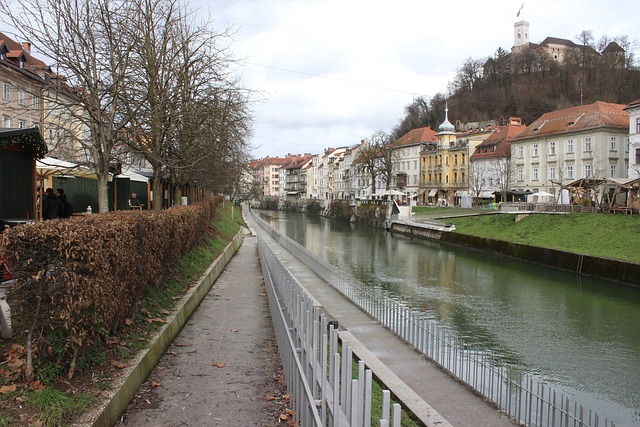
Karachi, Pakistan’s economic powerhouse, boasts an extensive network of roads and highways that facilitate its bustling metropolis. Among these vital transport arteries is the Northern Bypass, a strategic route designed to alleviate traffic congestion and enhance connectivity within the city and beyond. This bypass plays a crucial role in Karachi’s infrastructure by providing an alternative path for both local commuters and long-distance travelers.
The Northern Bypass, with its efficient design, connects major commercial hubs, residential areas, and industrial zones, ensuring seamless movement of people and goods. As one of Karachi’s key transportation corridors, it not only reduces travel time but also contributes to the overall economic growth by facilitating trade and commerce. Understanding the significance of this bypass is essential when discussing gas availability in the region, as it influences logistics and accessibility for businesses reliant on fuel supplies.
The Significance of Gas Availability for Local Businesses and Residents
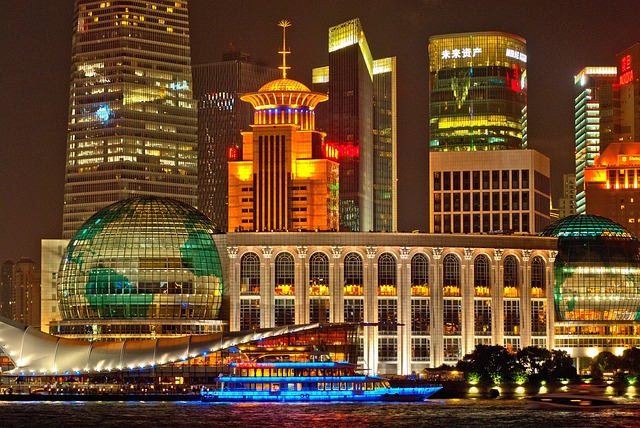
In Karachi, the availability of gas is a critical factor that significantly influences both local businesses and residents’ quality of life. Easy access to this essential resource plays a pivotal role in shaping economic growth and daily routines. For businesses, particularly those operating in industrial or commercial sectors, reliable gas supply is the lifeblood for production, cooking, heating, and various other processes, ensuring efficiency, cost-effectiveness, and customer satisfaction.
For residents, gas availability means convenience and comfort in their homes. It facilitates access to clean energy for cooking, lighting, and space heating during chilly winters, thereby enhancing living standards. Moreover, the ease of accessing gas can contribute to a more sustainable and environmentally friendly urban environment by reducing reliance on alternative, potentially less eco-friendly energy sources. This is especially relevant in a bustling metropolis like Karachi, where managing resources efficiently is key to balancing economic growth with ecological preservation.
Current State: Mapping Gas Stations Along the Northern Bypass
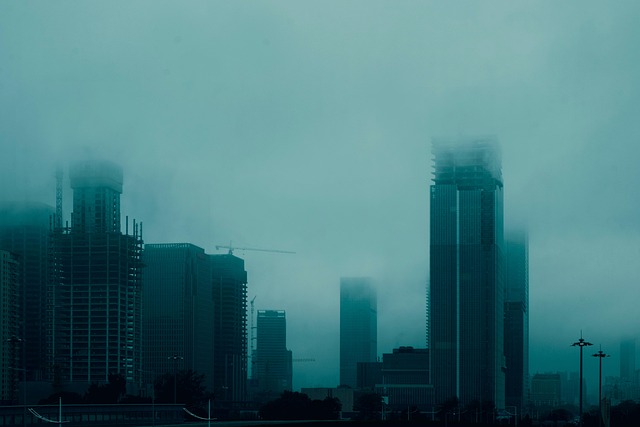
In Karachi, access to fuel is a critical aspect of daily life and mobility. Mapping gas stations along the Northern Bypass offers a comprehensive view of the current state of fuel availability in this major urban artery. With a growing population and increasing vehicle density, ensuring easy access to gasoline and other fuels is crucial for the city’s smooth functioning. The Northern Bypass, being one of the busiest routes in Karachi, demands efficient fuel distribution infrastructure to cater to the needs of both local residents and commuters.
Recent mapping efforts have identified several gas stations strategically located along this route, providing much-needed relief to drivers. These stations not only serve as vital landmarks for navigation but also play a significant role in maintaining the city’s logistical network. However, it is essential to address challenges such as uneven distribution, limited accessibility, and price fluctuations to enhance the overall fuel supply ecosystem in Karachi, particularly along its major thoroughfares like the Northern Bypass.
Future Prospects: Potential Enhancements and Challenges Ahead
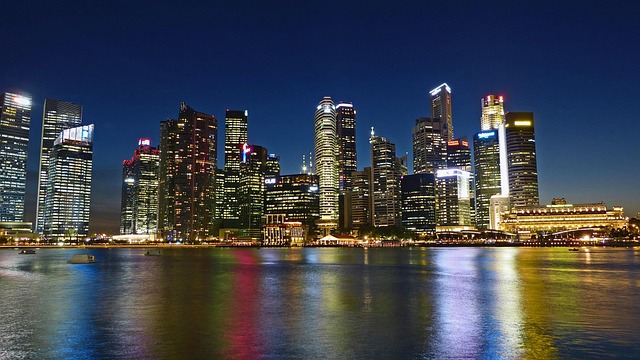
The future prospects of gas availability in Karachi, especially near the Northern Bypass, present both exciting opportunities and formidable challenges. One promising enhancement is the potential expansion of natural gas infrastructure, aiming to connect more residential, commercial, and industrial areas. This development could significantly reduce reliance on alternative energy sources, thereby improving air quality and mitigating environmental impacts associated with fossil fuel usage.
However, challenges remain. Rapid urbanisation and increasing demand require strategic planning and investment in efficient distribution networks. Additionally, ensuring equal access to gas infrastructure across different neighbourhoods is crucial for social equity. Karachi’s diverse geographical landscape also poses logistical hurdles, necessitating innovative solutions for safe and reliable gas supply while navigating dense urban areas and potential environmental constraints.
Karachi’s Northern Bypass serves as a vital transport artery, and ensuring gas availability along its length is crucial for both local businesses and residents. The current mapping of gas stations highlights gaps that need addressing to meet growing demand. Future enhancements should focus on strategic placement, infrastructure development, and sustainable energy solutions to create a more efficient and accessible network. By prioritizing these aspects, Karachi can optimize its transportation network while contributing to a greener environment.
